-
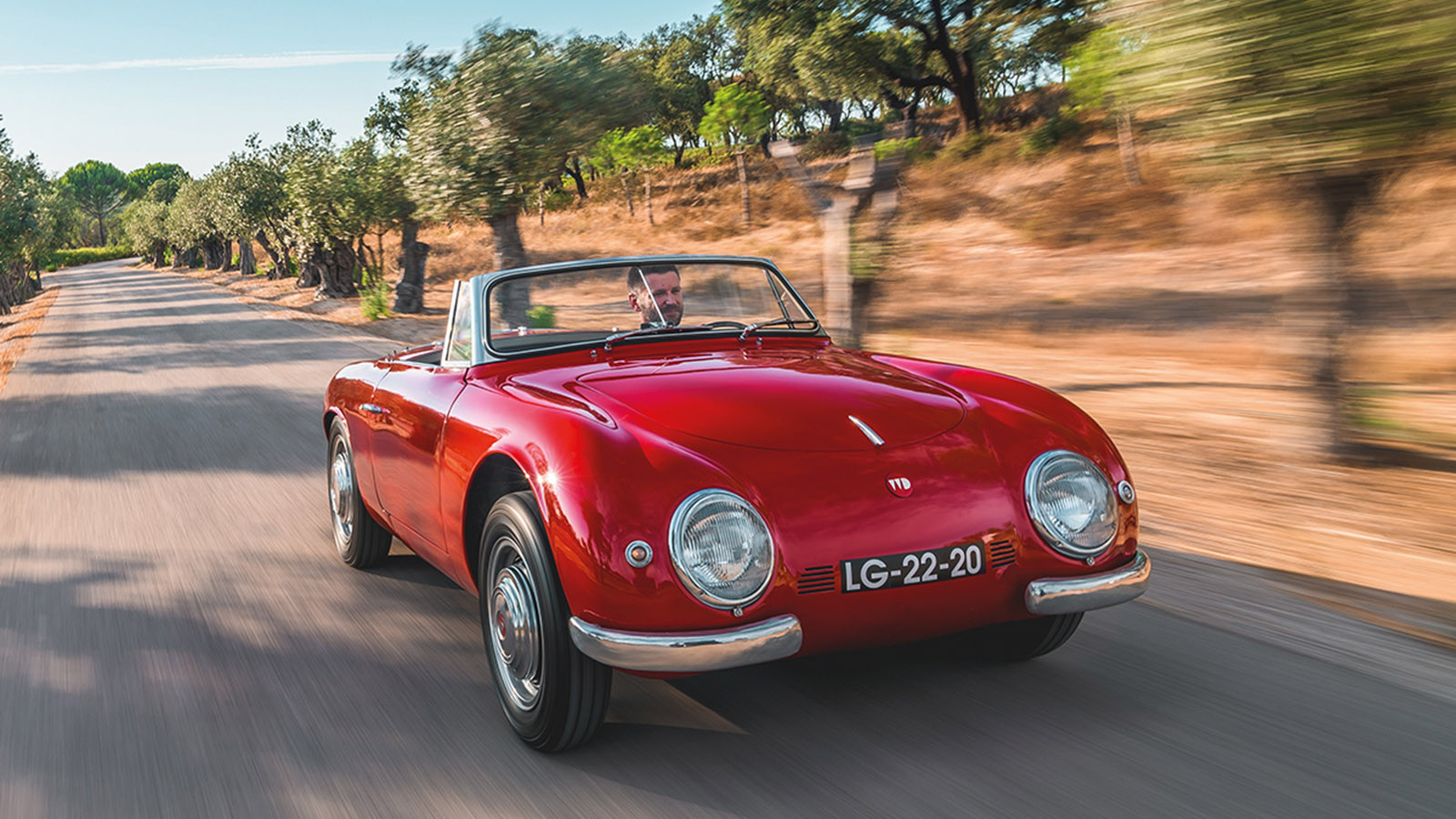 © Olgun Kordal/Classic & Sports Car
© Olgun Kordal/Classic & Sports Car -
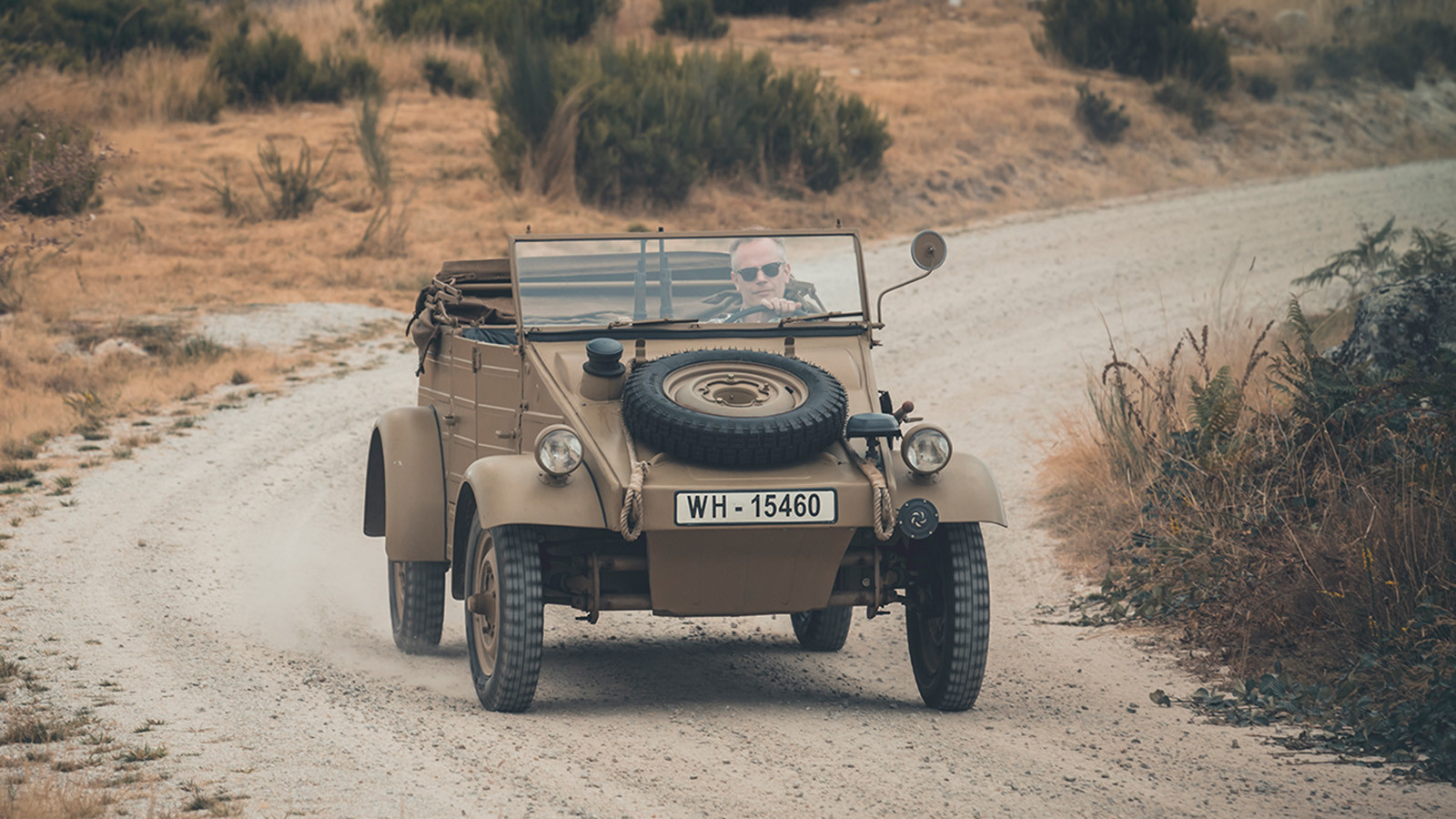 © Manuel Portugal/Classic & Sports Car
© Manuel Portugal/Classic & Sports Car -
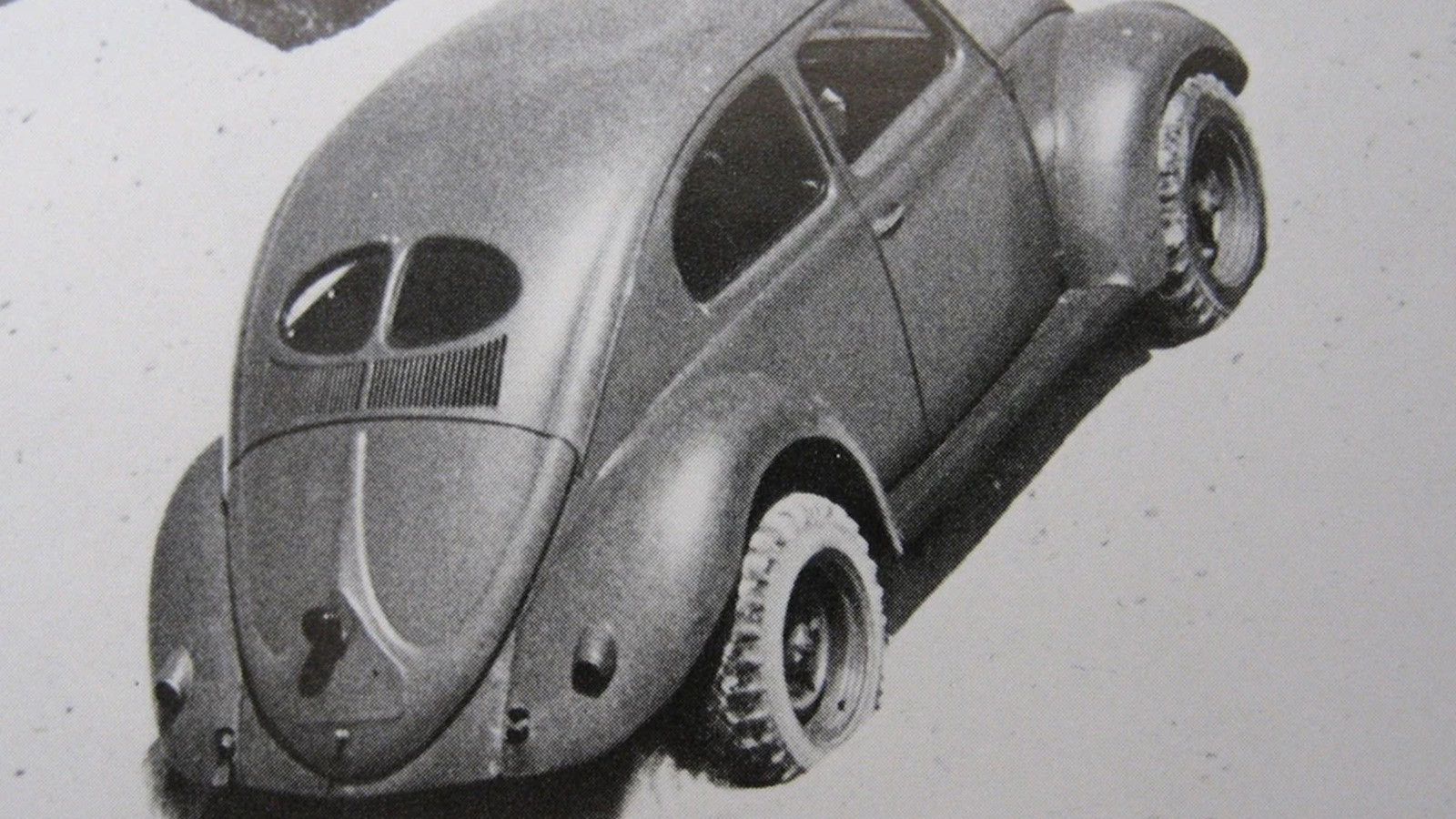 © Volkswagen
© Volkswagen -
 © K@dosh/Creative Commons licence https://creativecommons.org/licenses/by-sa/2.0/deed.lt
© K@dosh/Creative Commons licence https://creativecommons.org/licenses/by-sa/2.0/deed.lt -
 © Roman Rätzke/Classic & Sports Car
© Roman Rätzke/Classic & Sports Car -
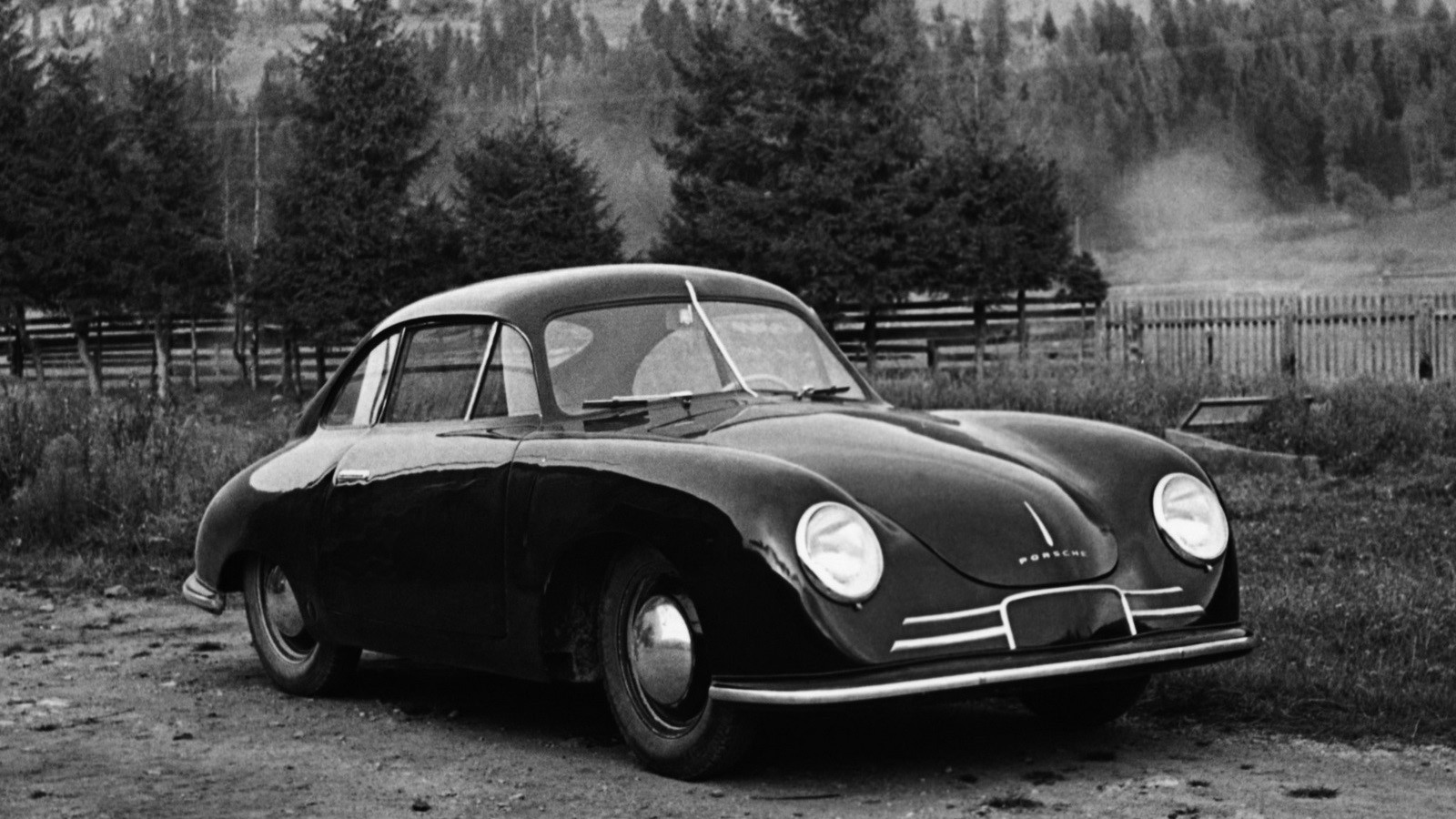 © Porsche
© Porsche -
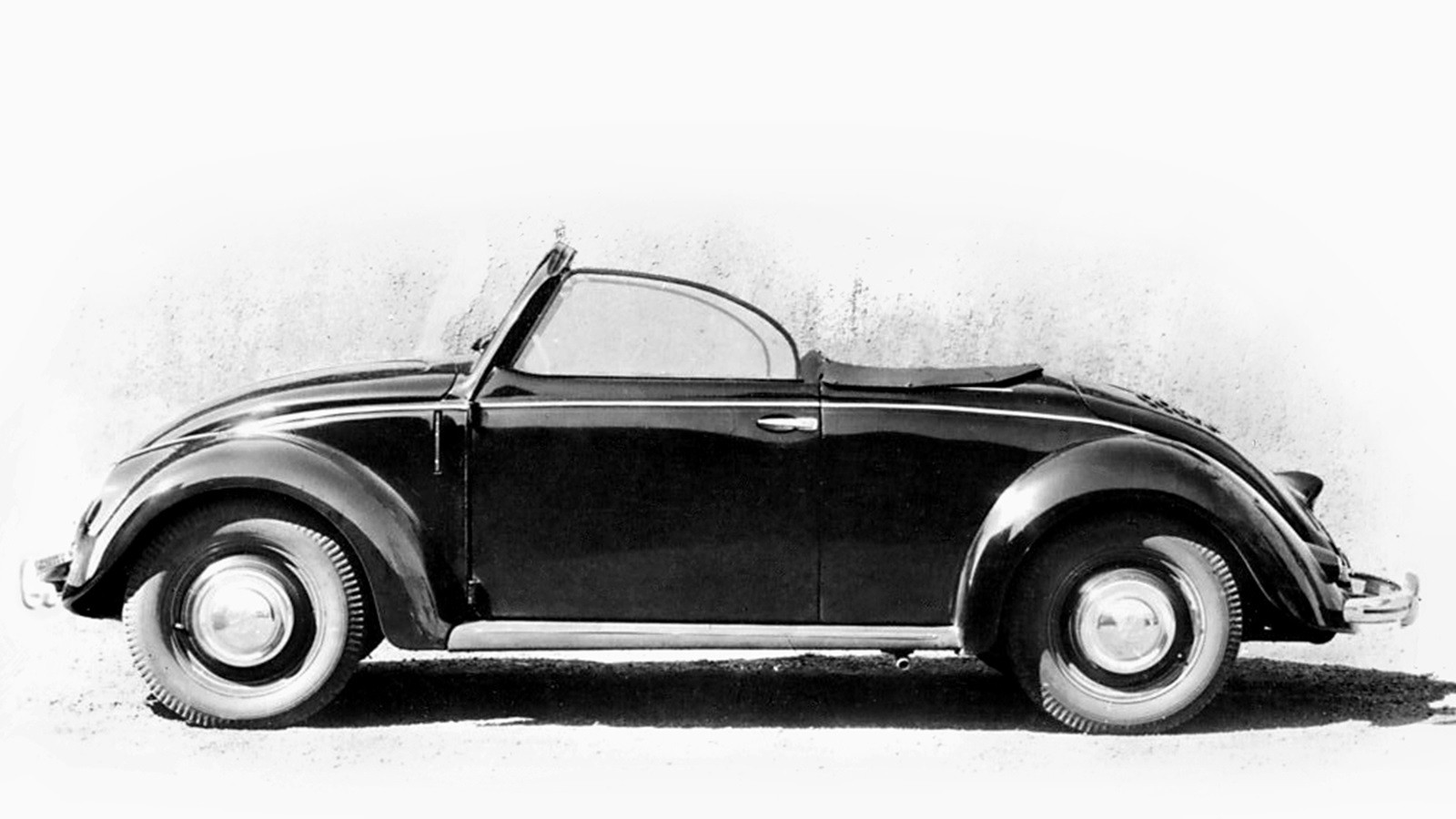 © Hebmüller
© Hebmüller -
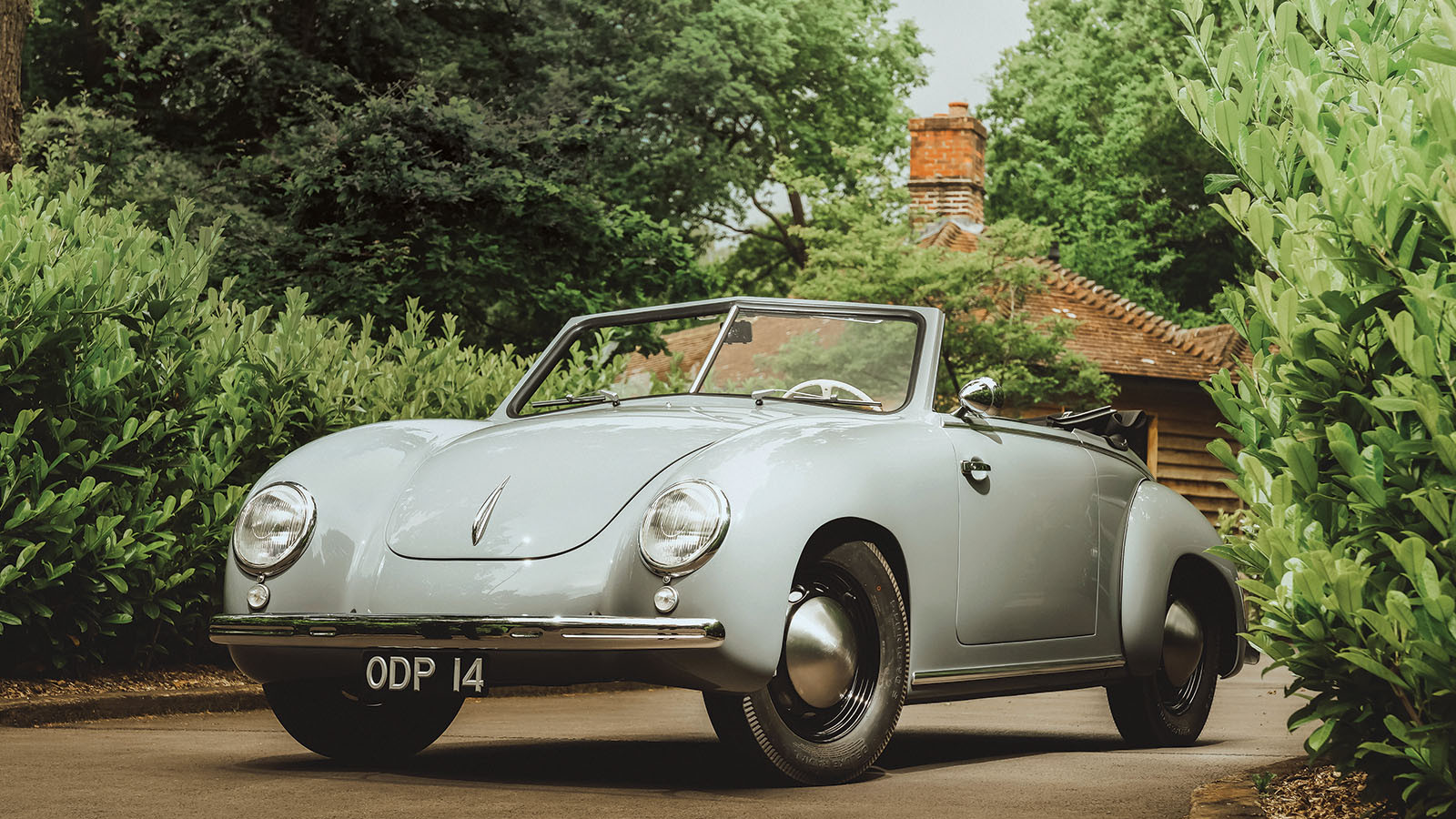 © Max Edleston/Classic & Sports Car
© Max Edleston/Classic & Sports Car -
 © Buch-T/Creative Commons licence https://creativecommons.org/licenses/by/3.0/deed.en
© Buch-T/Creative Commons licence https://creativecommons.org/licenses/by/3.0/deed.en -
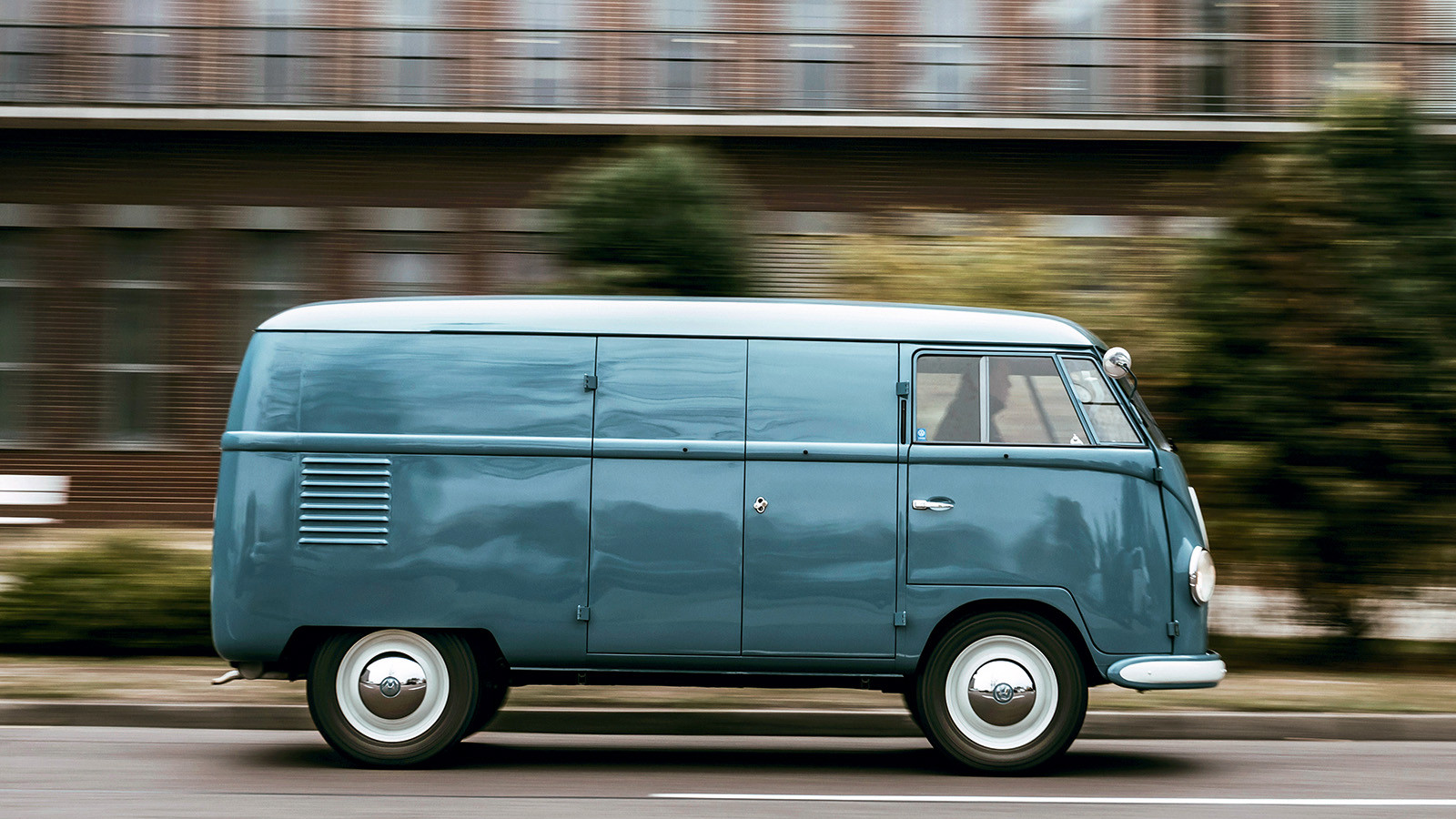 © Roman Rätzke/Classic & Sports Car
© Roman Rätzke/Classic & Sports Car -
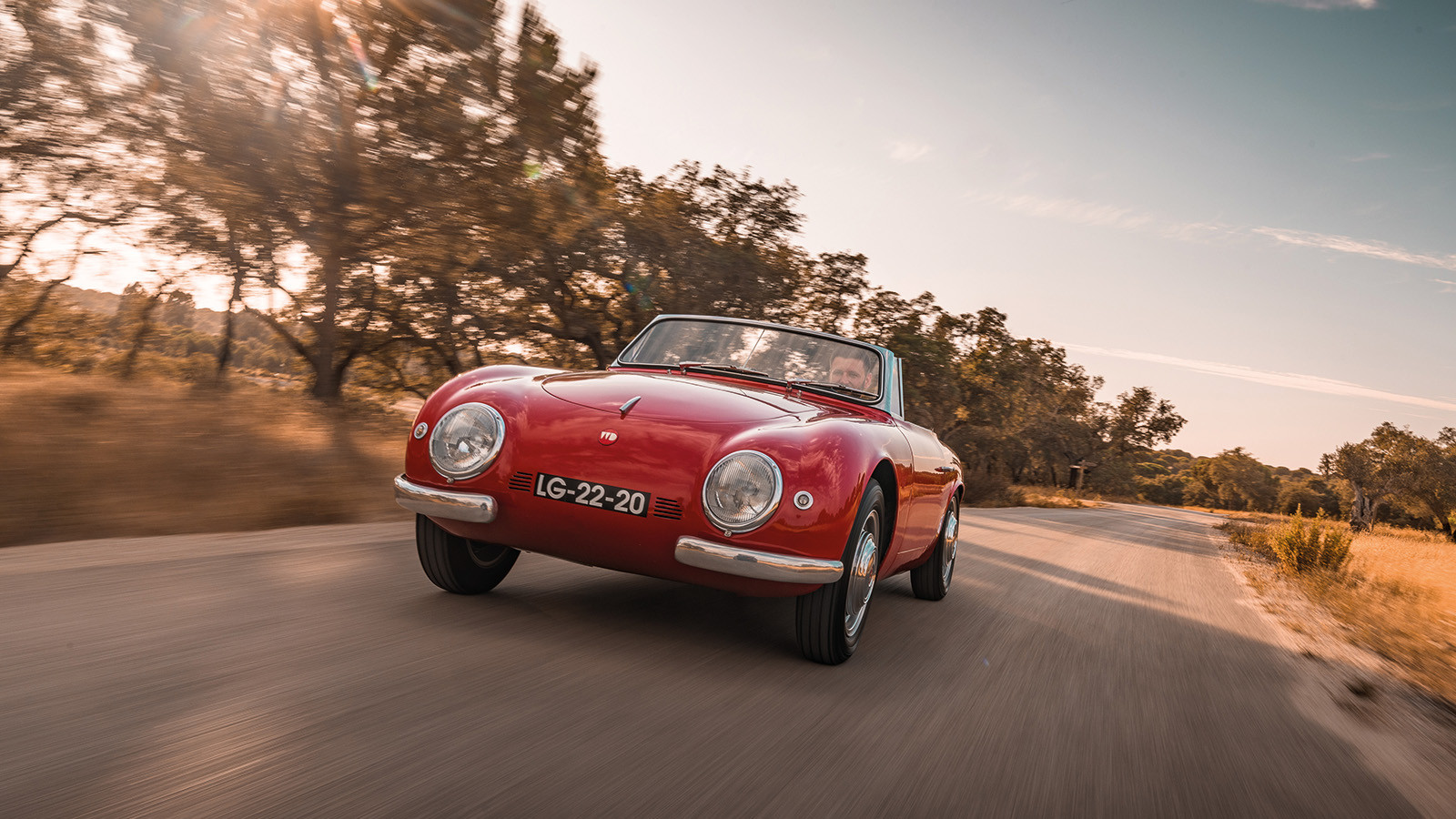 © Olgun Kordal/Classic & Sports Car
© Olgun Kordal/Classic & Sports Car -
 © www.flat4.co.jp
© www.flat4.co.jp -
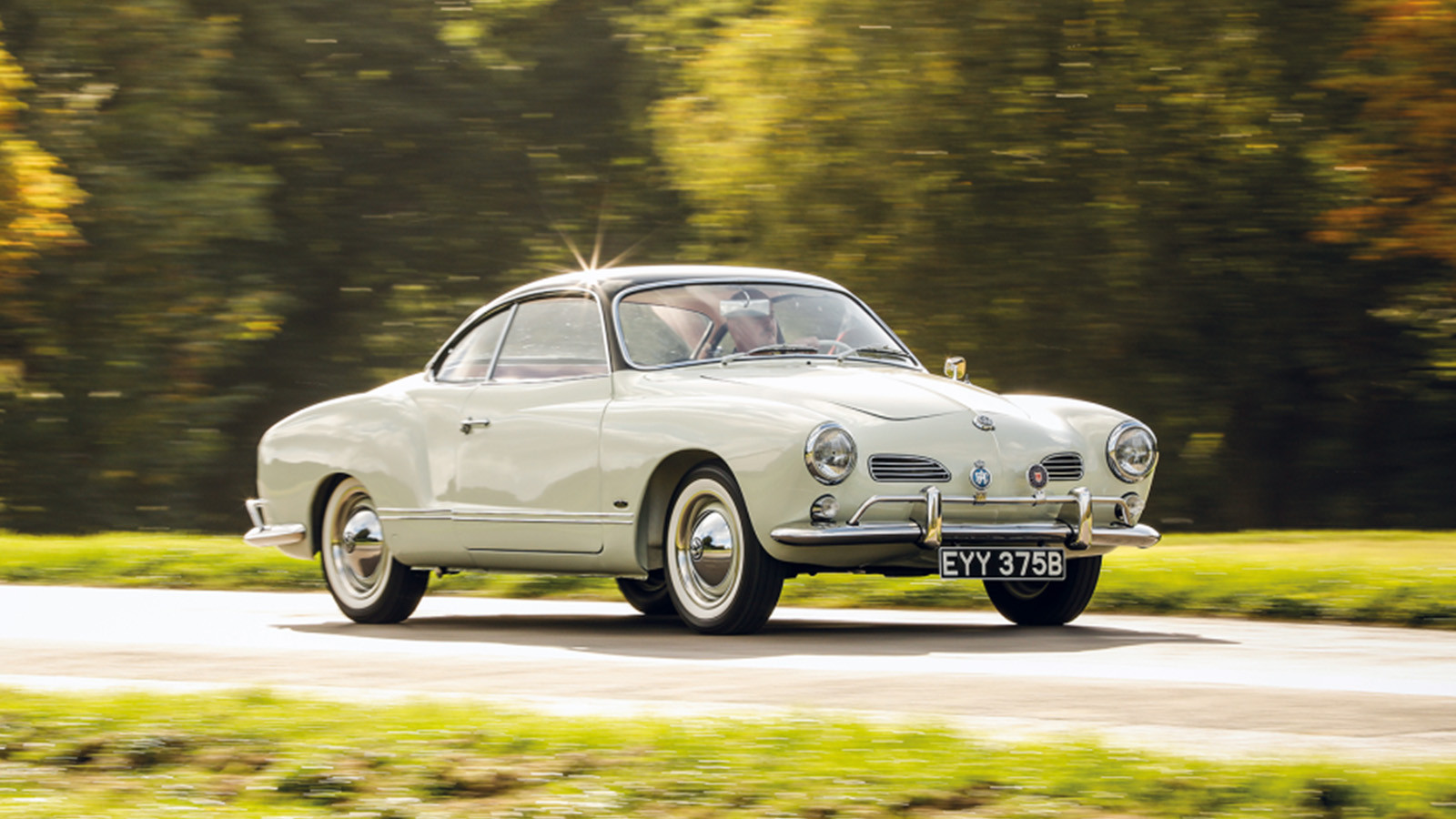 © Tony Baker/Classic & Sports Car
© Tony Baker/Classic & Sports Car -
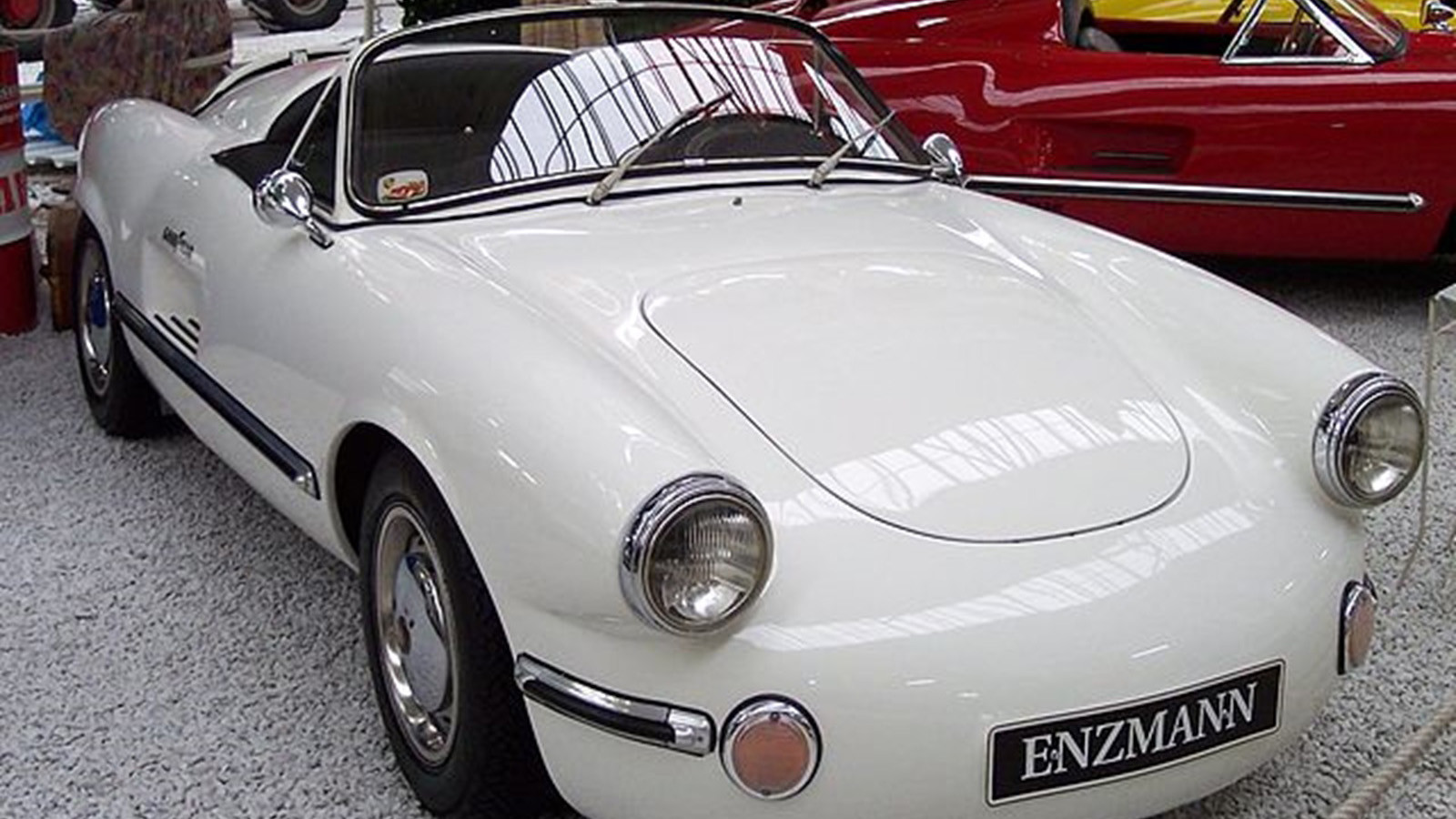 © Stahlkocker/Creative Commons licence https://creativecommons.org/licenses/by-sa/3.0/
© Stahlkocker/Creative Commons licence https://creativecommons.org/licenses/by-sa/3.0/ -
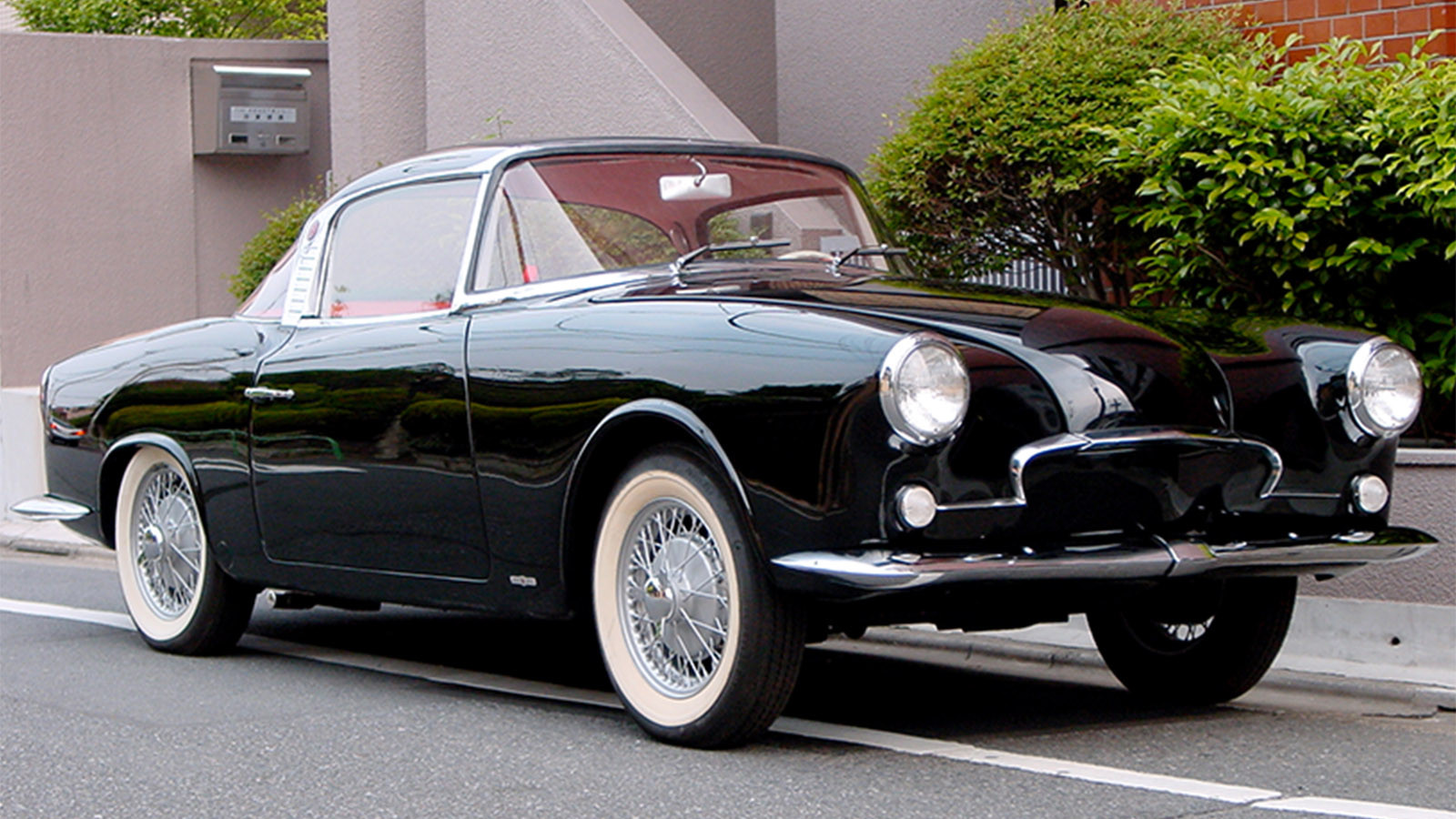 © www.flat4.co.jp
© www.flat4.co.jp -
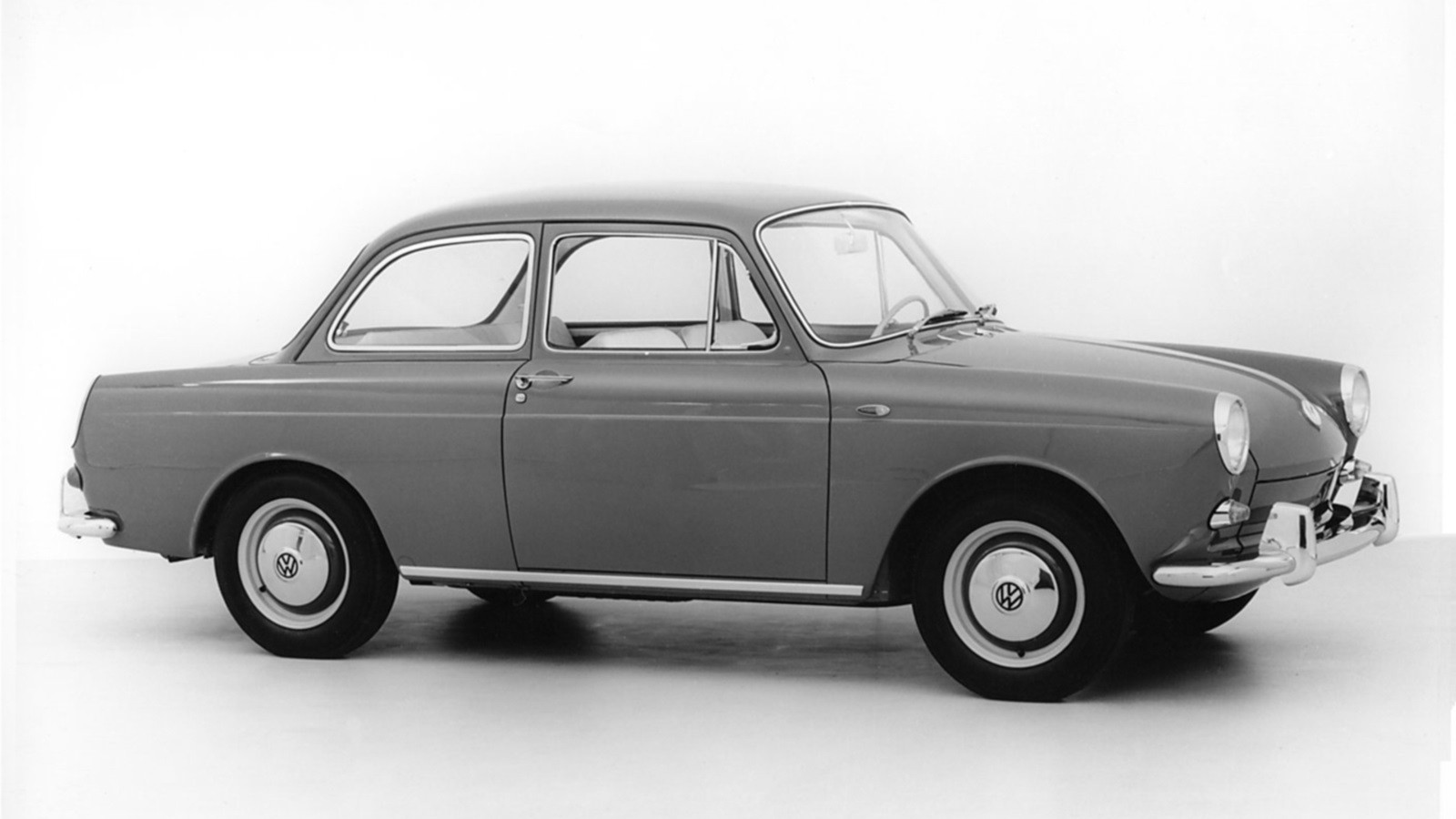 © Volkswagen
© Volkswagen -
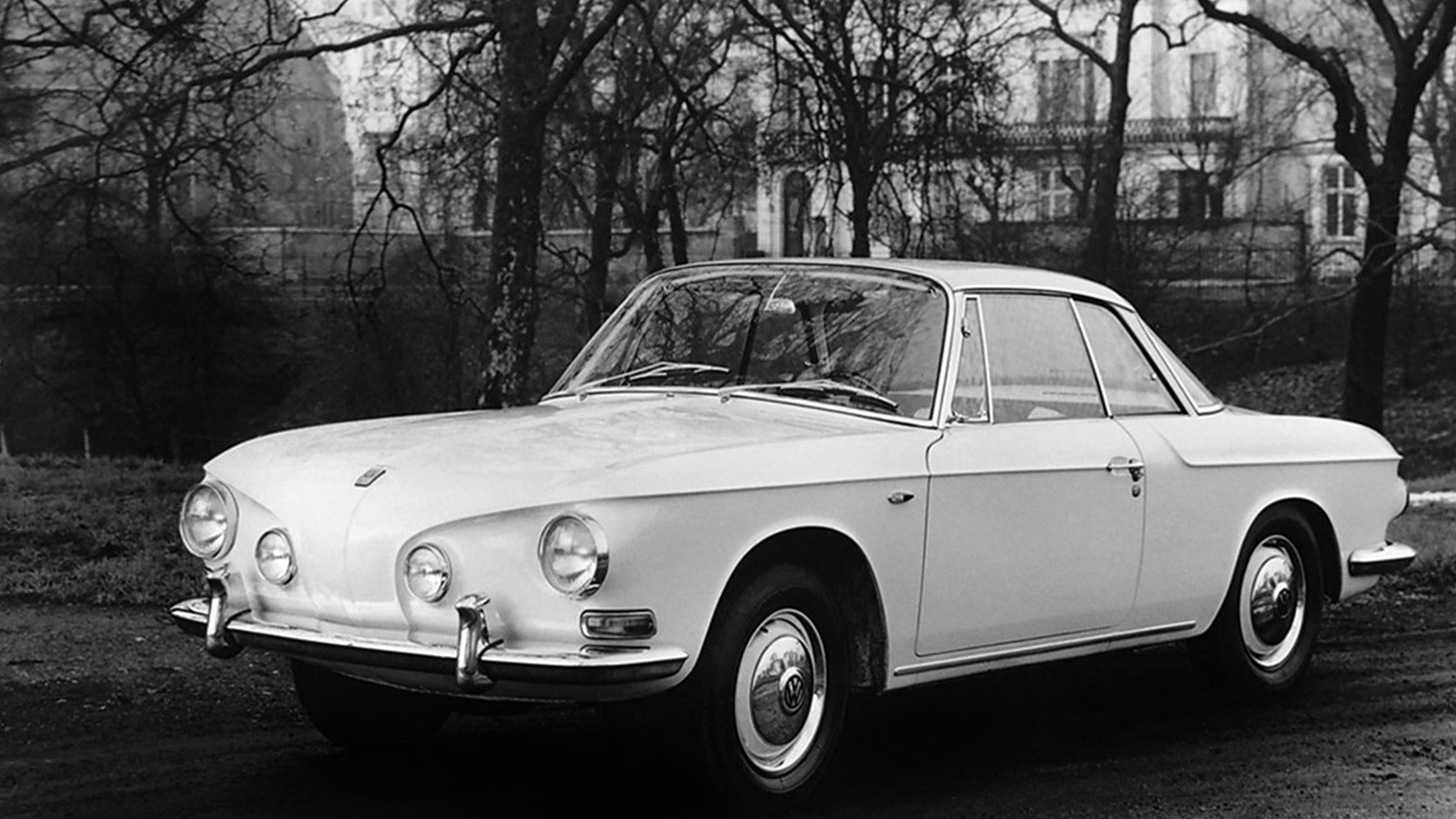 © Volkswagen
© Volkswagen -
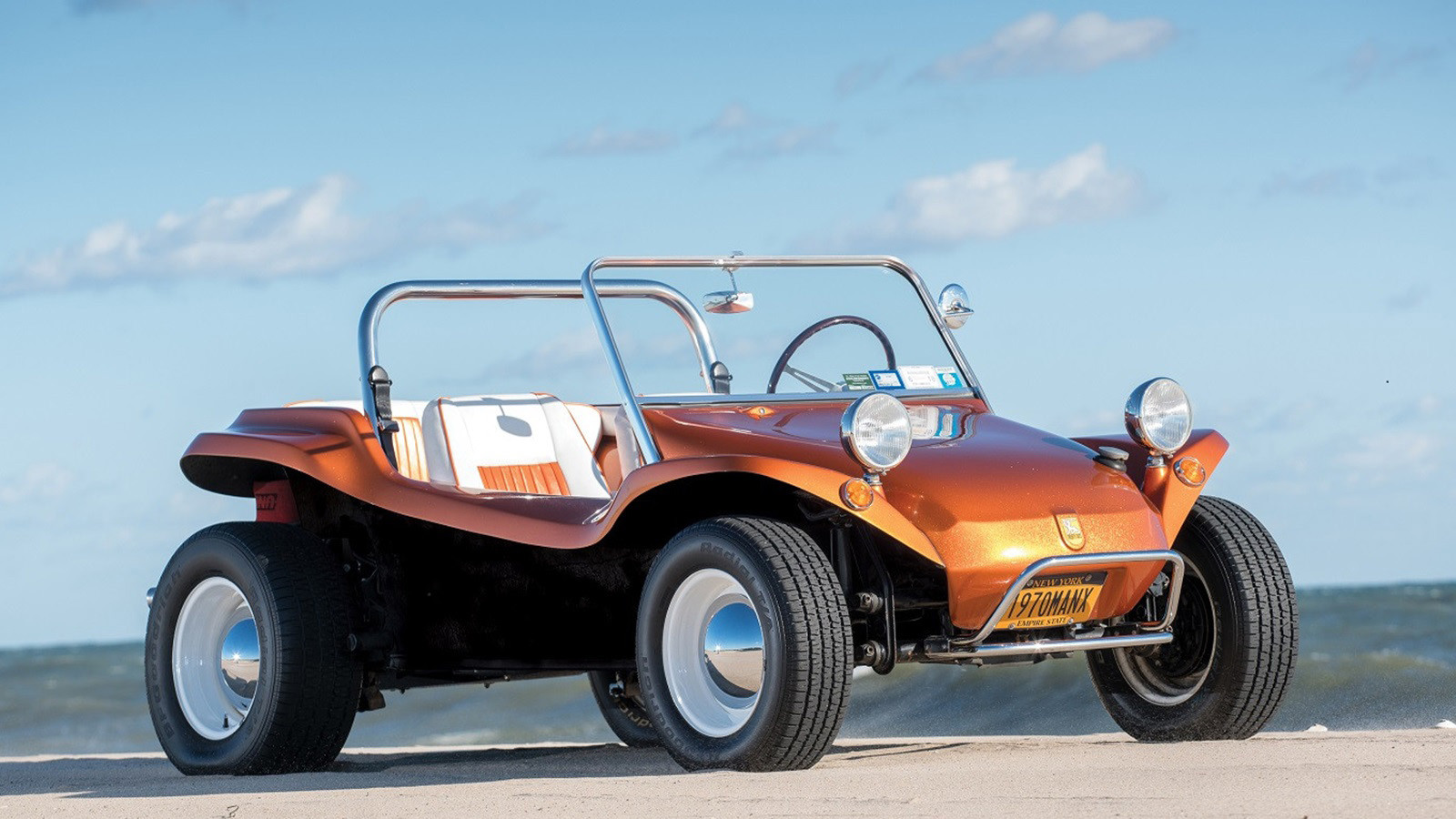 © Erik Fuller/RM Sotheby’s
© Erik Fuller/RM Sotheby’s -
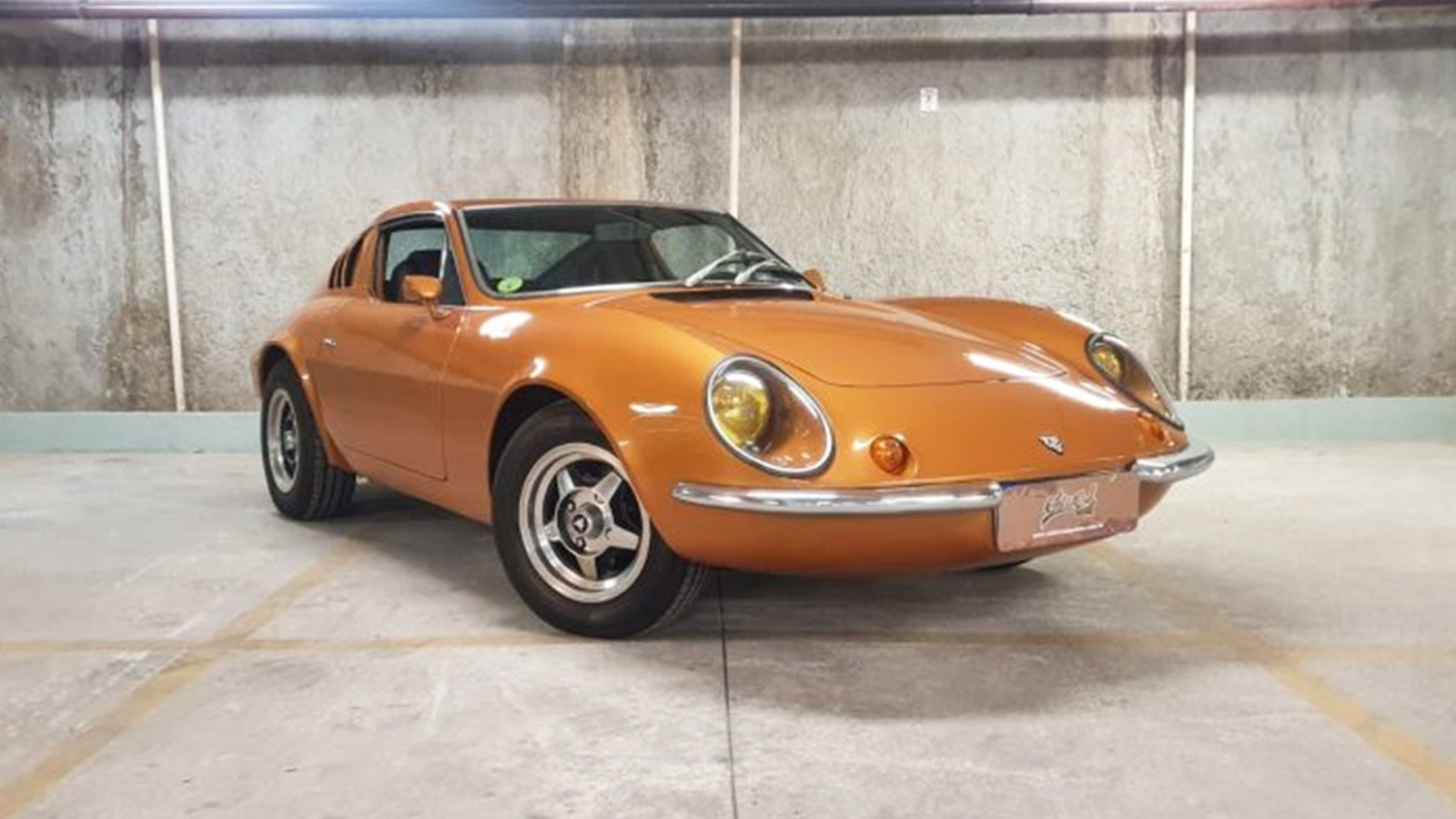 © www.combikombi.com
© www.combikombi.com -
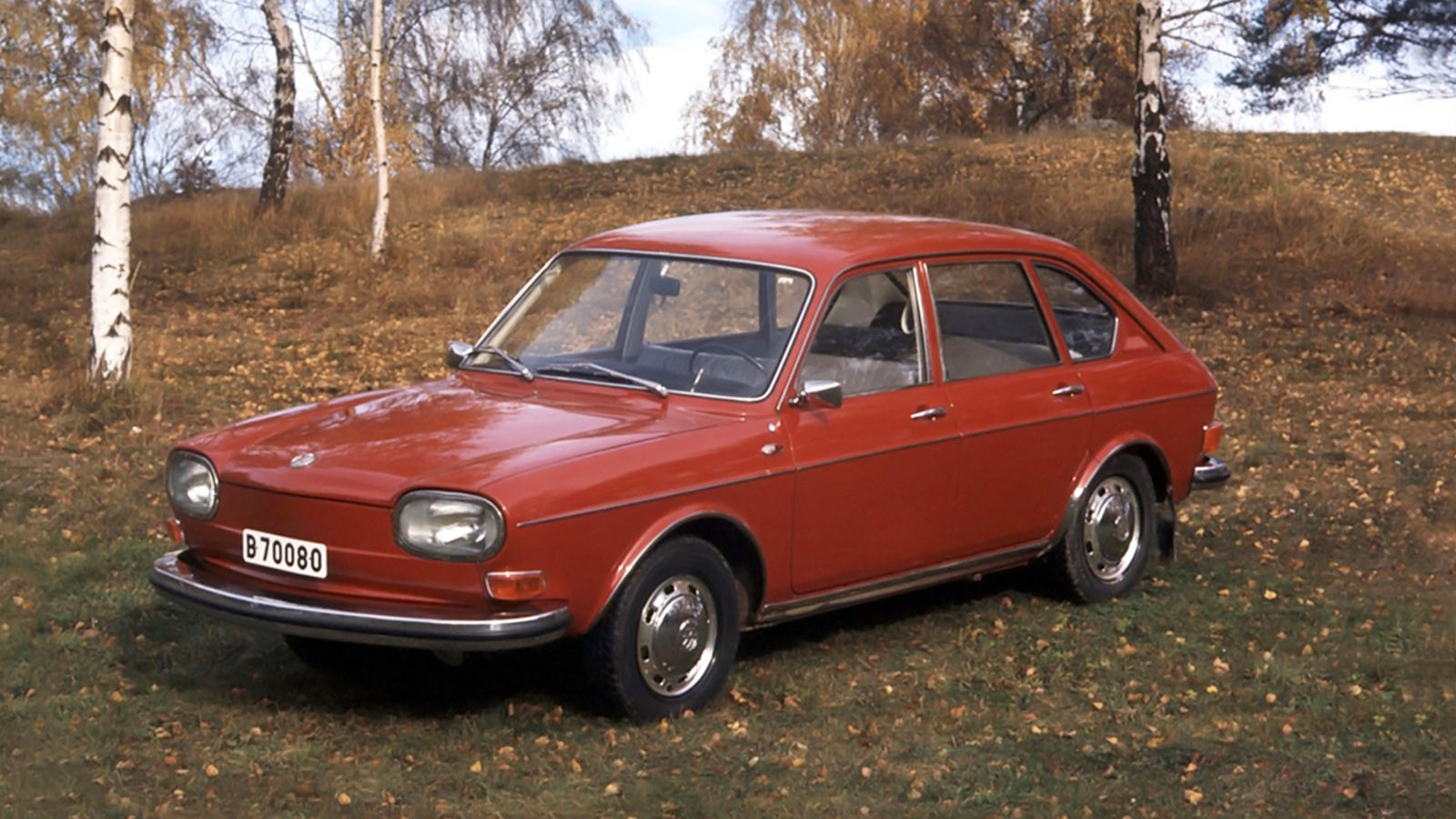 © Volkswagen
© Volkswagen -
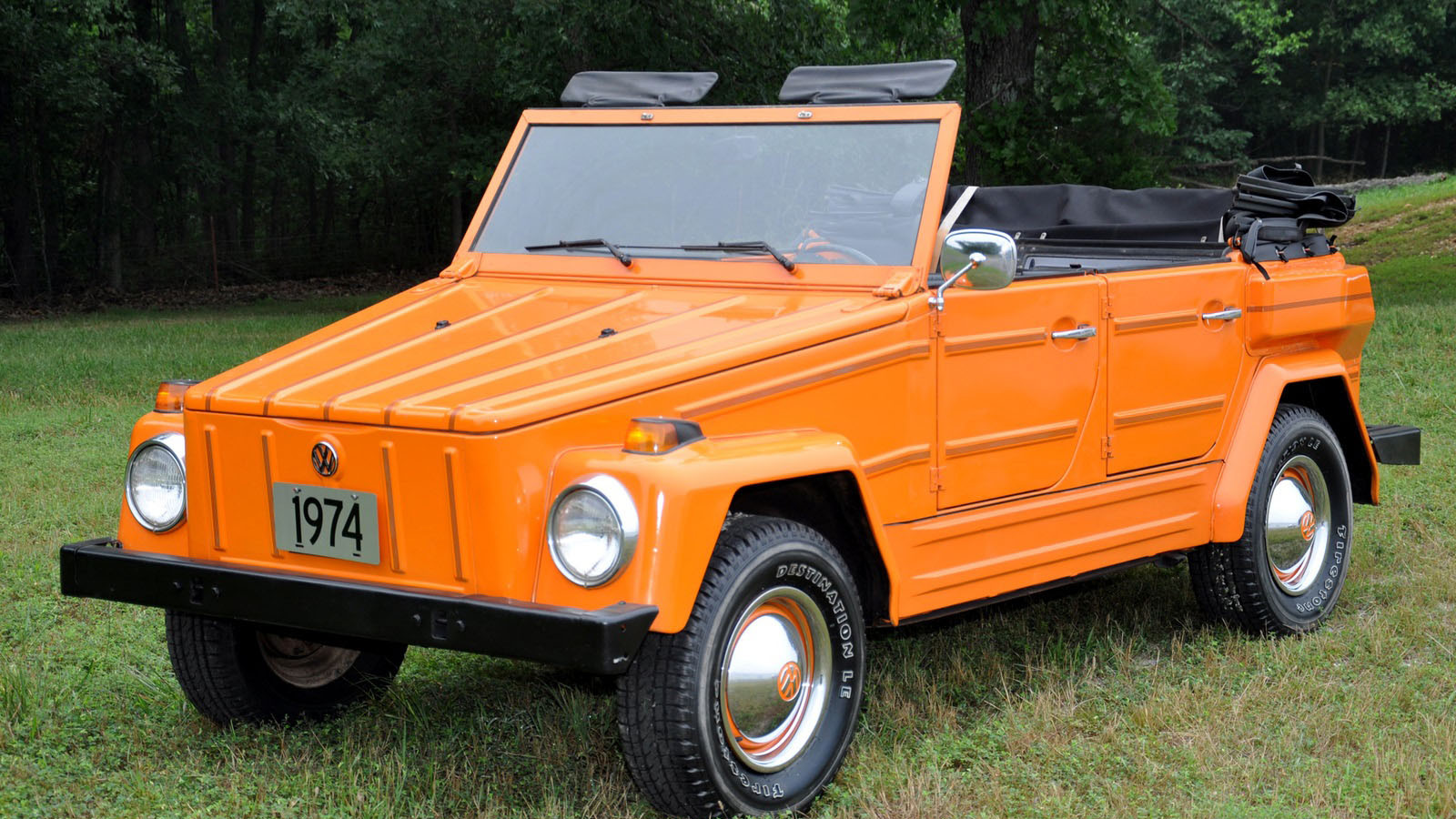 © Volkswagen
© Volkswagen -
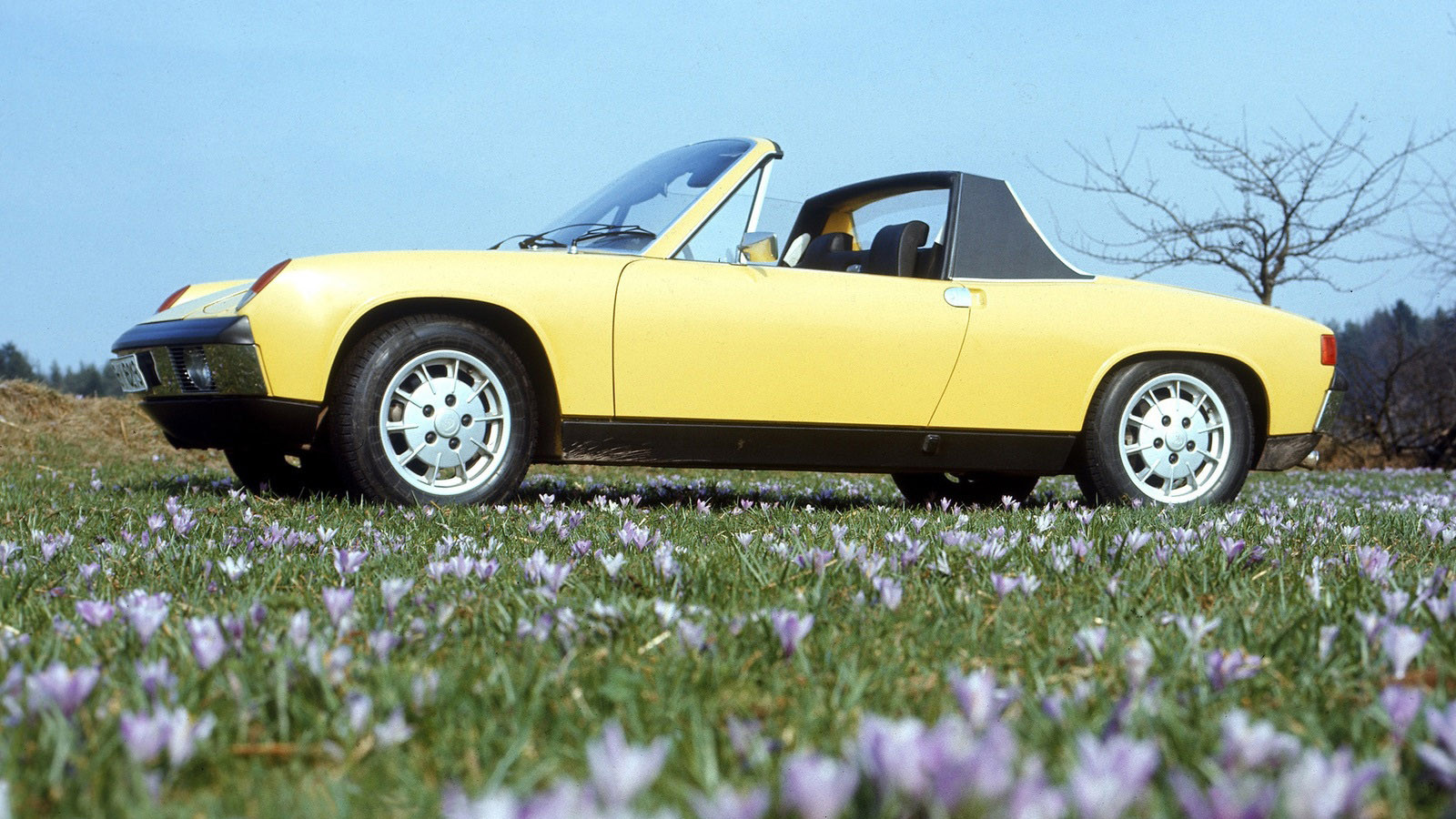 © Porsche
© Porsche -
 © Volkswagen
© Volkswagen -
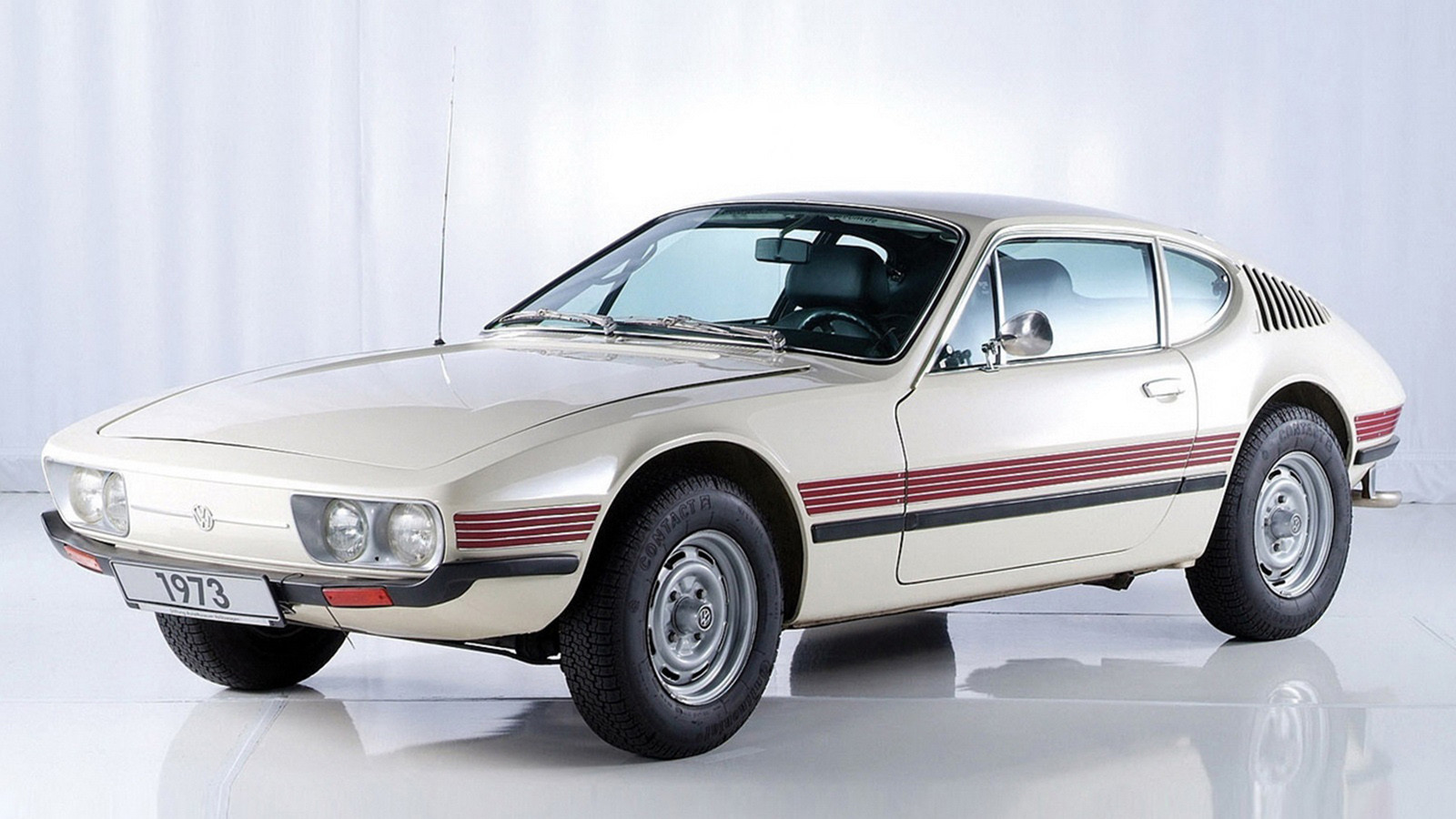 © Volkswagen
© Volkswagen -
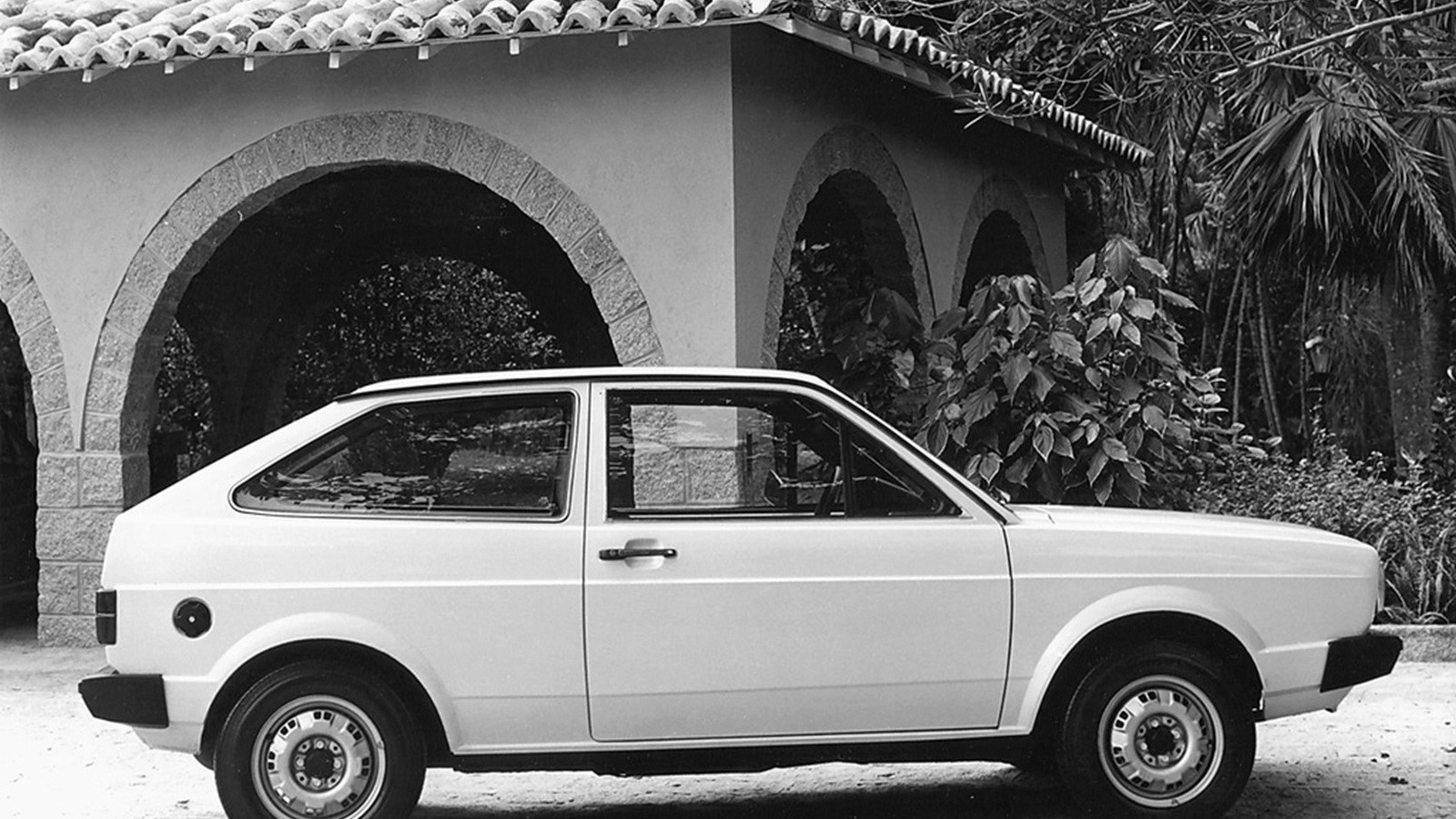 © Volkswagen
© Volkswagen
-
Beetle-ing along
The Volkswagen Beetle’s air-cooled engine has been used to power all sorts of cars, and even aircraft.
Aside from the myriad kit cars and one-offs, there are also plenty of production models that have used the VW Beetle engine to power them.
From military models with four-wheel drive to a front-wheel-drive supermini, and a surprising number of sports cars, the Beetle’s engine has served with honour.
Here’s our list of Volkswagen Beetle-powered cars, arranged in chronological order.
-
1. 1940 Volkswagen Type 82 Kübelwagen
The VW Beetle donated its engine to many vehicles, yet it wasn’t the first to reach full production – that honour went to the Type 82 Kübelwagen.
Based on the same floorpan as the prototype Beetles, the Kübelwagen was developed as a lightweight car for use by the German military.
It did not have the four-wheel drive of the Jeep from the US, but with the engine at the back and over the driven wheels, it proved very able in rough and slippery conditions.
Volkswagen’s Kübelwagen started with a 985cc version of the air-cooled flat-four engine, which had a very low-geared transmission so the Kübelwagen would drive at the same pace as marching troops when the motor was ticking over.
The engine was later increased to 1131cc in early 1943.
-
2. 1941 Volkswagen Kommandeurswagen
Looking very much like the finished Beetle that would go on sale post-war, the Volkswagen Kommandeurswagen was known as the Type 87.
The key difference between this car and the production Beetle was the Kommandeurswagen used four-wheel drive.
Only 564 examples of the Kommandeurswagen were built, but they were superbly capable off-road, thanks to the portal wheel hubs that offered excellent articulation and clearance on rough terrain.
Many Kommandeurswagens saw action in Africa, the engine modified with an additional air filter to keep the desert dust out of the 1131cc flat-four.
The gearbox allowed the Kommandeurswagen to run in rear-wheel drive on the road, four-wheel drive selected by a lever next to the gear stick.
-
3. 1941 Volkswagen Schwimmwagen
While the VW Beetle went on to become one of the world’s best-selling cars, the Schwimmwagen that used the same flat-four engine holds the title for the largest production of an amphibious car.
By 1944, a total of 15,584 had been built.
The VW Schwimmwagen’s engine powered a four-wheel-drive system taken from the Kommandeurswagen.
However, the amphibious car had a shorter wheelbase to make it easier to drive in and out of river banks.
The shorter wheelbase also helped make the body stiffer so it would not crack and let in water.
An extension on the engine’s crankshaft provided drive to a propeller, giving the Schwimmwagen a top speed of 6mph in water.
-
4. 1945 Volkswagen Beetle
The VW Beetle had been a long time in the making, but Volkswagen only got proper production under way in late 1945.
This was done under the watchful eye of Major Ivan Hirst of the British Army, which had assumed responsibility for the Volkswagen factory.
Very early Beetles came with a 25bhp version of the 1131cc flat-four engine that had seen service during the war in the Kübelwagen and others. This offered a top speed of up to 65mph.
Improvements for the Beetle’s engine arrived with the 1192cc motor for the 1200 model in 1954, followed by 1300 and 1500 versions in 1965 and 1966 respectively.
The Beetle 1302 came with a 1285cc engine from 1970, while the 1303 had a 1584cc version of this unit.
-
5. 1948 Porsche 356
Ferdinand Porsche had built a streamlined racing car prior to the Second World War that looked similar to the eventual production 356, which arrived in 1948.
The Porsche 356 used a modified version of the Beetle’s engine, as well as Volkswagen suspension components.
These very early 356s came with a modest 1086cc engine, which was quickly swapped for a more powerful 1286cc unit and then a 1290cc motor. A 1488cc unit was the biggest seen in the early 356s.
By the time the 356A arrived in 1955, the flat-four was very much a Porsche unit and only shared its layout with the Beetle’s engine.
-
6. 1949 Hebmüller Cabriolet
German coachbuilder Hebmüller made its own take on the Volkswagen Beetle convertible – many thought the firm did a better job than Karmann with its factory-backed open-top.
The Hebmüller car was powered by the same 1131cc flat-four engine as every other Beetle of the time when it was launched in 1949, even though it was conceived as a sporting model.
However, the coachbuilder used a substantially strengthened rear bulkhead to compensate for chopping the roof off, and this made its car very rigid and better to drive than the Karmann cabriolet.
Hebmüller fitted its own style of rear deck to cover the engine, whereas the Karmann convertible used the original Beetle engine lid.
-
7. 1950 Dannenhauer und Stauss Cabriolet
The Dannenhauer und Stauss Cabriolet took its inspiration from both the VW Beetle and the Porsche 356, which explains why it bridges the gap between the functional VW and sporting Porsche.
Designed and built by coachbuilding firm Dannenhauer und Stauss in Stuttgart, the car used the floorpan from the Beetle complete with its air-cooled engine.
With the same 25bhp as the standard Beetle, the Cabriolet was not as quick as it looks suggested. As a result, many were upgraded by later owners with engines from a Porsche 356.
When Volkswagen introduced its own Karmann Ghia in 1955, it spelt the end for the pricey Dannenhauer und Stauss Cabriolet. It’s thought between 80 and 100 were produced.
-
8. 1950 Rometsch 4dr Beetle
With so few new cars available in Germany in the immediate post-war period, it made sense to use what was available to meet the need for a four-door taxi: enter the VW Beetle with four doors created by coachbuilder Rometsch.
From the rear, the car looks identical to the standard two-door Beetle and it used the same 1131cc 25bhp flat-four engine.
However, the Rometsch car had 25cm (10in) of extra length grafted in behind the original driver and passenger doors. This allowed for decent rear legroom and access was by rear-hinged back doors.
Production was carried out by Messerschmitt, but it’s thought only 38 of Rometsch’s four-door VW Beetles were made.
-
9. 1950 Volkswagen Type 2
The Type 2 designation for this Volkswagen perfectly describes its place as the company’s second full production model.
With its cab-over design, the Type 2 made the most of its cargo-carrying ability, despite the engine being under the rear load floor.
That engine’s ancillaries had to be rearranged to fit it under the cargo floor and the original 25bhp 1131cc unit used a low-ratio gearbox to cope with full loads.
In 1953, VW upgraded the powerplant to a 1192cc unit. Later models then used 1493cc and 1584cc motors lifted from the Beetle line-up, and all earned the Type 2 in its many body shapes a reputation for excellent reliability.
-
10. 1950 Denzel
Just like Porsche, Denzel was run by its eponymous boss in Austria, and the Denzel was considered a strong rival to the 356 when it was launched.
The Denzel started out with a 1.1-litre motor from the Beetle, as well as much of the Volkswagen’s floorpan and suspension.
However, Denzel was adept at tuning the Beetle motor and could squeeze as much as 86bhp from a 1.5-litre version.
With only 650kg (1433lb) to move and good aerodynamics, the Denzel could travel up to 110mph.
However, sales didn’t materialise in the numbers the company hoped for and it’s thought as few as 65 were made in period.
-
11. 1951 Rometsch Beeskow
After coachbuilder Rometsch had created the four-door Beetle taxi, it used the air-cooled car’s platform to make something altogether more desirable with the Beeskow.
Named after Johannes Beeskow, who styled the car, it used a standard Volkswagen Beetle engine and floorpan.
If the Beeskow was not as quick to drive as it looked, it did gain a following with well-heeled and glamorous owners – the first was sold to the King of Sweden and actor Audrey Hepburn owned one.
Most Beeskows built were convertibles, though a handful of coupés were also made.
Around 175 were produced in total, all with a 2+1 seating layout where the third seat was positioned at 90 degrees to the front pair.
-
12. 1955 Volkswagen Karmann Ghia
From the functional Volkswagen Beetle, Karmann came up with the swoopy, svelte Ghia coupé in 1955, and a convertible two years later.
The Karmann Ghia was clearly meant as a sporty car, yet it was fractionally slower to accelerate than the Beetle whose 1192cc engine it started out with.
This was because the coupé was heavier than the car it was based on and the engine had no more power.
However, the Karmann Ghia did have a higher top speed thanks to its superior aerodynamics.
As time moved on, the Karmann Ghia enjoyed the same engine upgrades as the Beetle, first to a 1300 in 1965, then a 1500 in ’66, then finally a 1600cc motor in 1970.
-
13. 1957 Enzmann 506
It was unsurprising that Enzmann used the VW Beetle engine for its sports car, because the company was already a Volkswagen dealer in Switzerland.
Using a Beetle floorpan and glassfibre body, the 506 was some 249kg (548lb) lighter than the Beetle, which meant the stock 506 was considered fairly quick for the time.
However, Enzmann offered customers engine upgrades with a supercharger or twin carburettors, or the company would replace the VW engine with a Porsche version.
The 506 name was chosen because this was the company’s stand number at the 1957 Frankfurt motor show, where the model was launched.
-
14. 1957 Rometsch Lawrence
There were obvious influences from US car design in the shape of the Rometsch Lawrence, named after its designer Bert Lawrence. However, that influence did not extend to the engine bay.
Open the rear lid of the Lawrence and underneath is a Volkswagen Beetle engine, which was attached to a modified Beetle floorpan.
In order to get the proportions of the car right, the chassis was shortened by 15cm (6in). This practice would soon become commonplace for beach buggies and kit cars based on the Beetle floorpan.
The Rometsch Lawrence was offered as a coupé or convertible in Germany and the US, but only a handful were produced.
-
15. 1961 Volkswagen Type 3
Another of its brutally frank model designations, the Type 3 was Volkswagen’s bid to offer Beetle owners a larger car to grow into with their family.
Even though the Type 3 was aimed at a different buyer, it still used the Beetle’s platform and engines.
However, there was not the smaller-capacity, flat-four engine as found in the contemporary Beetle at the time of the Type 3’s launch. Instead, the Type 3 came with a 1.5-litre engine.
From 1965, Volkswagen also offered a 1.6-litre engine in the Type 3, while the 1500S gained twin carbs over the standard 1500 model. Fuel injection also became an option in 1968 for the 1600.
-
16. 1961 Volkswagen Type 34
Billed as a more upmarket version of the 1955 Karmann Ghia, the Type 34 of 1961 was built on the same floorpan as the Type 3.
This allowed for more cabin space, but the less attractive styling put off plenty of buyers who opted for the older model instead.
There were 1493cc and 1584cc engine options for the Type 34, and later 1600 versions could be ordered with fuel injection and an automatic gearbox.
A convertible variant of the Type 34 was mooted, but never made it to production.
When VW pulled the plug on the Type 34 in 1969, it had sold 42,563 compared to a total of 445,300 of the Type 14 Karmann Ghia in coupé and convertible forms.
-
17. 1964 Meyers Manx beach buggy
There have been hundreds of kit cars built around the VW Beetle engine and chassis, but among the first is the Meyers Manx beach buggy.
Not only that, the beach buggy is arguably the most successful thanks to the many copycats of the original.
Bruce F Meyers came up with the idea for the Manx as a way to get him and his surfboard across the beach.
He realised the rear-engined Beetle offered excellent traction and customers were soon queuing up for copies of his original ‘Old Red’ car.
Around 6000 Meyers Manx kits were sold in the 1960s, with many more copycats from other companies produced to cash in on the beach-buggy craze.
-
18. 1968 Puma GT
The Puma GT is one of the best-known cars to have been built in Brazil and it made the most of locally produced Volkswagen parts.
When the supply of DKW engines ended for its earlier models, Puma boss Rino Malzoni reconfigured his car to be built on the VW Beetle/Karmann Ghia chassis.
This came with a 1500cc or 1600cc flat-four engine, and the more powerful larger-engined model could reach a top speed of 100mph.
Some Puma GTs were exported, but most were sold in Brazil. Total production was around 23,500 GTs.
-
19. 1968 Volkswagen Type 4
In many ways, the Volkswagen Type 4 was the ultimate extension of its maker’s theme of using the VW Beetle engine in its cars.
With the all-new Passat waiting in the wings for its 1973 launch, the Type 4 stuck with the rear-engined layout.
Changes for the Type 4 included a 10cm (4in) longer wheelbase and MacPherson strut front suspension, while the engine was now up to 1679cc – there was the option of fuel injection with the 411E.
In late 1972, the 412 version of the Type 4 arrived with an even bigger 1795cc engine.
When this model ceased production in 1974, VW had built 355,200 examples.
-
20. 1968 Volkswagen 181
Volkswagen called this model the Type 181 and had built it for military use, before offering it to the public in 1969.
Rather than its factory title, though, it was sold as The Thing in the US, Trekker in the UK, Safari in Mexico and Kurierwagen in Germany.
Whatever name it had, this VW came with either a 1493cc flat-four engine, or its larger, related 1584cc unit.
For a car never originally intended for public use, the Type 181 sold 90,883 units in its lifetime.
-
21. 1969 Volkswagen-Porsche 914
The Volkswagen-Porsche 914 undeservedly fell foul of those who felt it wasn’t a ‘proper’ Porsche because it was mid-engined, and others who thought it too expensive and impractical to be a Volkswagen.
Despite this, 115,646 cars found homes.
The engine was a development of the Type 4’s and started with an 80bhp 1.7-litre unit.
That grew to 1.8 litres and 84bhp, and ended up with 99bhp for the 2-litre model that could see off 0-60mph in 10.5 secs and reach 118mph.
-
22. 1972 Volkswagen Karmann Ghia TC
Mixing the front-end style of a Karmann Ghia with the fastback rear of a Variant, Volkswagen in Brazil came up with the Karmann Ghia TC coupé.
What could have been a mish-mash of styles was brought together stylishly by Giorgetto Giugiaro, who was working for Ghia at the time.
The four-seater coupé was based on the Type 3 Variant platform, which meant a 1584cc flat-four engine with 64bhp.
Flat out, the Volkswagen Karmann Ghia TC could reach 86mph and it was a popular car in its homeland. Brazilians bought 18,119 TCs up to the end of its life in 1975.
-
23. 1973 Volkswagen do Brazil SP2
Perhaps seeing how well the Puma GT was doing in Brazil, Volkswagen came up with its own Beetle-powered sports coupé: the SP2.
The base for the SP2 was VW’s Type 3 chassis with a 1.7-litre version of the venerable air-cooled, flat-four engine – this took the car to 100mph, though 0-60mph took a leisurely 17.4 secs.
An SP1 model was also offered, with a 1.6-litre flat-four motor, but only 84 of these were made.
When the curtain came down on the SP2, VW had sold 10,205 of its very handsome coupé.
-
24. 1980 Volkswagen Gol
The Gol clearly took its looks from Volkswagen’s Polo, but this South American-market model started out powered by the 1.3-litre, air-cooled engine taken from the Beetle.
What made the Gol unusual was the flat-four engine was front-mounted, rather than being slung out the back as it was in the Beetle.
A 1.6-litre version was added not long after the car’s launch in 1980.
This made the Gol the last new Volkswagen model to use the air-cooled flat-four motor.
These engines were replaced by a water-cooled, transversely mounted, in-line, four-cylinder engine with a capacity of 1.6 litres.
